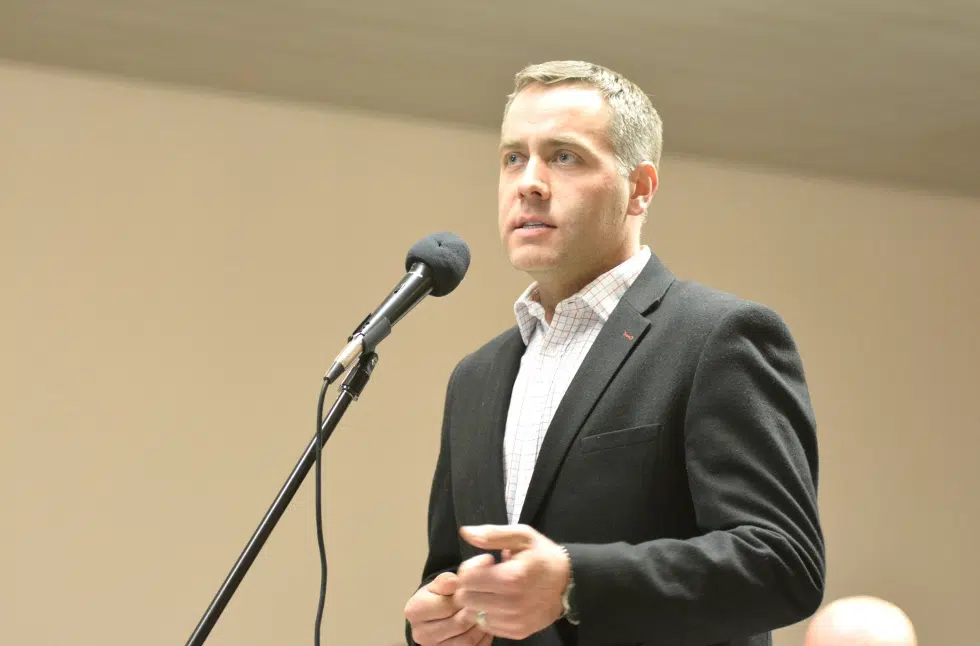
Flood plain meeting puts spotlight on province
Hundreds of residents filled the seats at East End Community Hall on Thursday evening for the flood plain information session.
It was an opportunity for residents to hear officials with the province and the City of Prince Albert explain why the City appears to now be adopting the provincial one-in-500 year flood elevation policy.
The provincially mandated policy bars future development in the floodway – the area at greatest risk for flooding beside a waterway – and it puts a number of building requirements on new developments in the flood fringe. The fringe is the area outside of the floodway.
Mayor Greg Dionne was impressed by the turnout, which he said shows that the flood plain is a real concern for residents.


